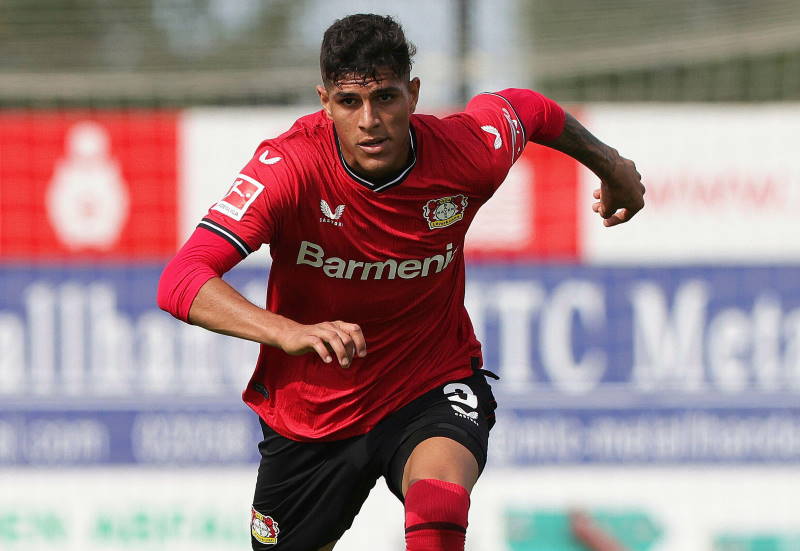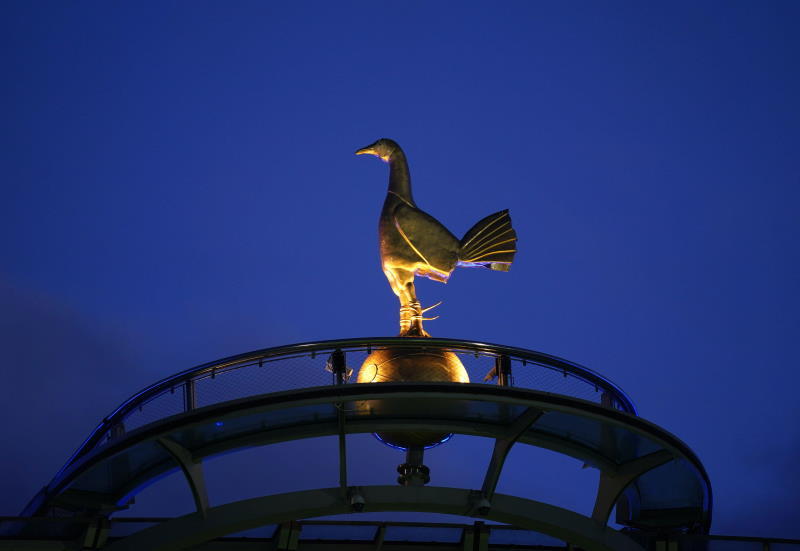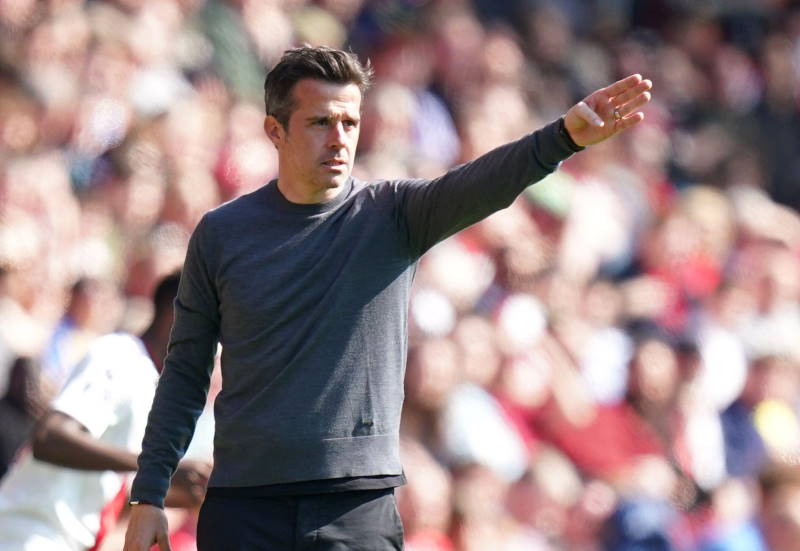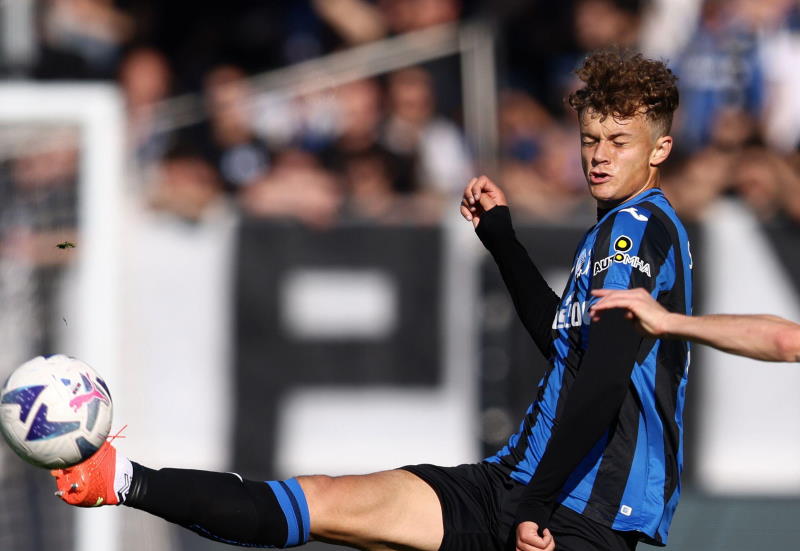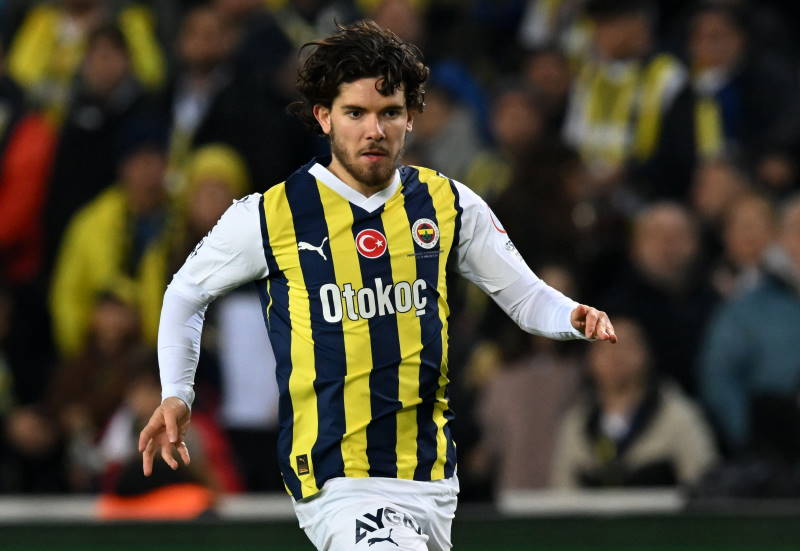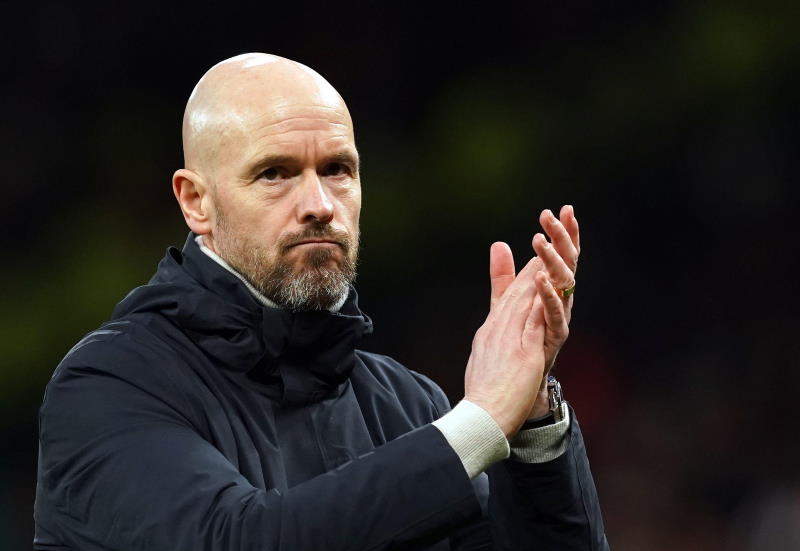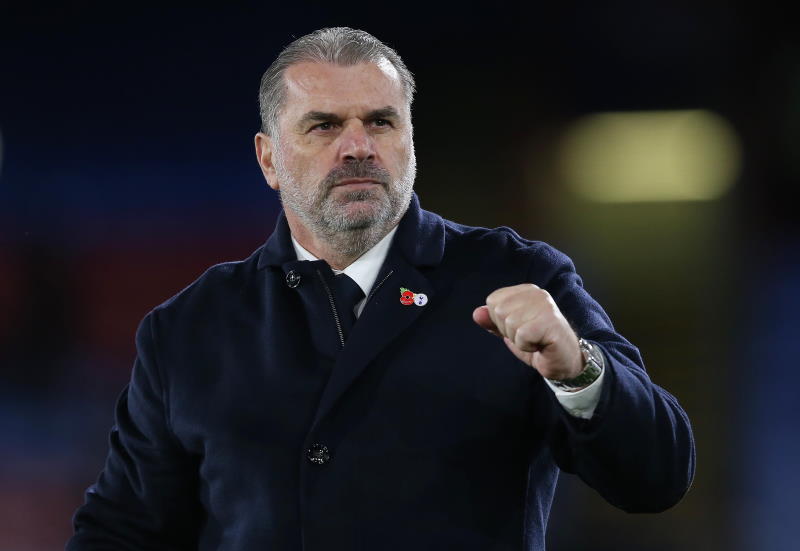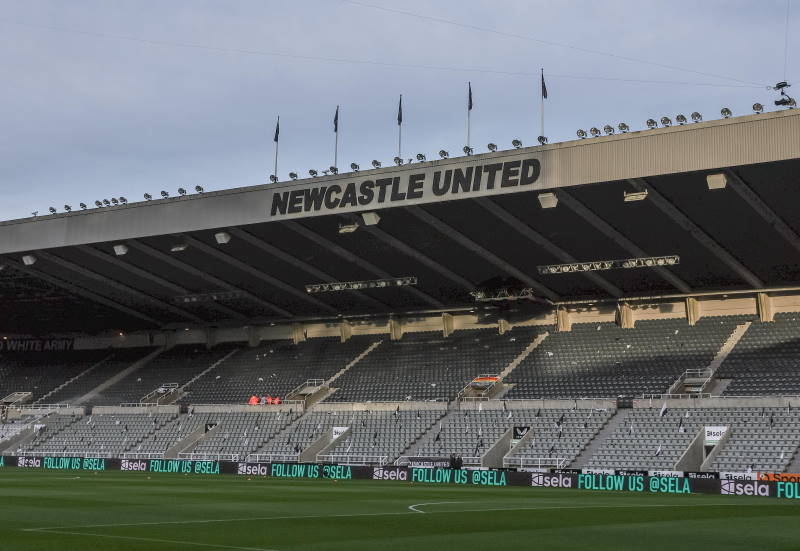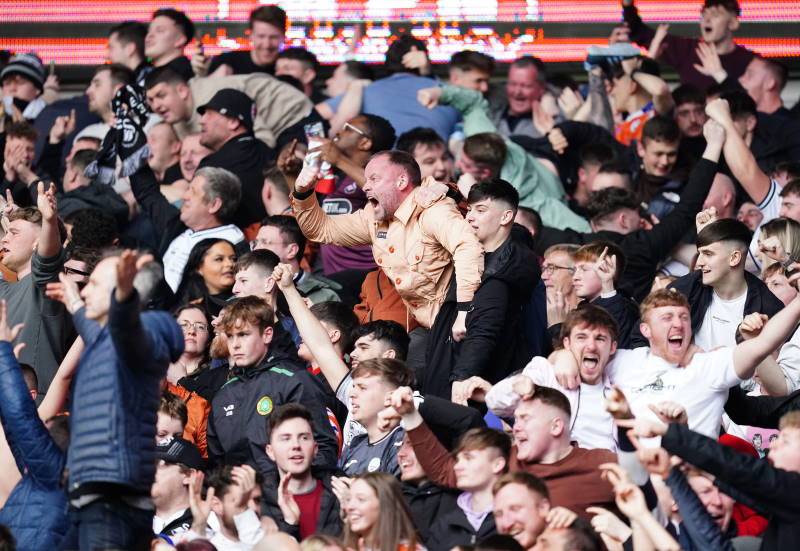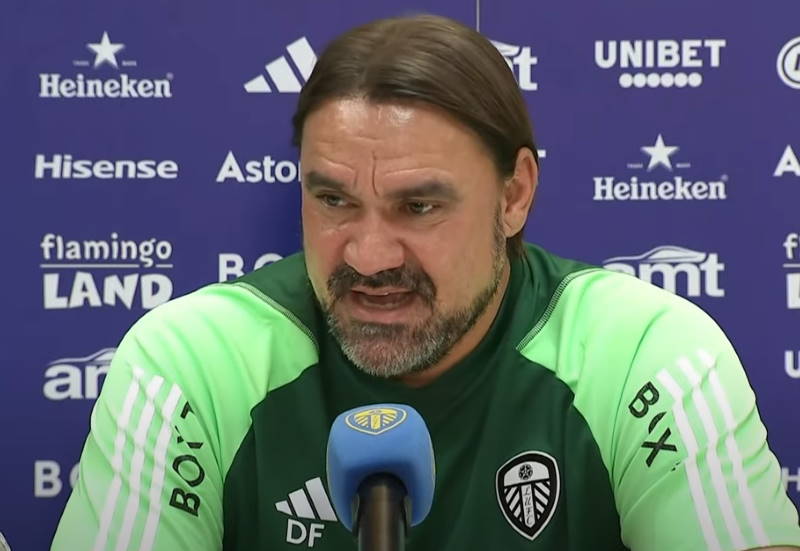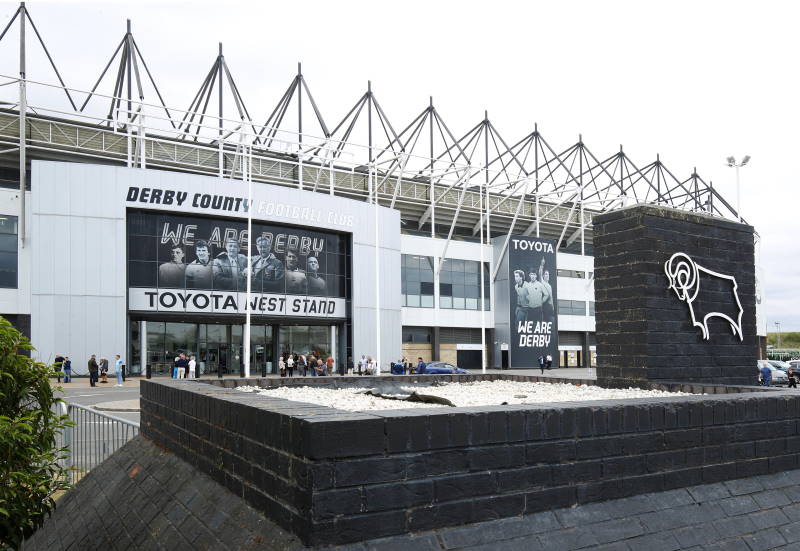
Matt Oldfield
Santos’ 4-0 thrashing at the hands of Barcelona in the 2011 FIFA Club World Cup final may not have been the fitting finale that the South American champions hoped for, but 2011 has still been a special year for the Peixe and Brazil sensation Neymar.
While Neymar’s club side failed to live up to expectations in Japan, the current golden boy of Brazilian football has well and truly exceeded his over the last 12 months. Last month, he became the first South America-based player in eight years to make the Ballon d’Or longlist, made the shortlist for the FIFA Puskas Award (handed to the best goal of the year) and won two Brazilian Player of the Year awards. Add to that several impressive displays for the Selecao, and Neymar really has had the kind of year that most 19-year-olds can only dream of. And his talent has been signposted for some time.
Neymar da Silva Santos Junior was born in Sao Paolo and joined the youth academy at local club Santos at the tender age of eleven. Six years later, he made his Santos debut and scored his first goal on his second appearance. Since stepping foot on the pitch with the club’s senior side, the Brazilian’s career has gone from strength to strength.
In his first season in 2009, the forward helped himself to 14 goals and set up a further nine. 2010 was the breakthrough year though, as Neymar managed a phenomenal 43 goals and 21 assists in 63 matches, statistics to rival his peers Lionel Messi and Cristiano Ronaldo. In a Campeonato Paulista match against Guarani, the young Brazilian scored six in an 8-1 thrashing. He went on to win the award for best player in the competition as Santos were crowned champions, while in the Copa do Brasil, Neymar won the Golden Boot after scoring 11 goals in just eight games.
Even if injury did place some limitations on Neymar in 2011, he still managed 24 goals and nine assists in 47 games in all competitions, picking up Brazil’s Golden Boot award for a second successive season. And Santos retained the Campeonato Paulista, with the young Brazilian once again named the tournament’s best player.
The brilliance continued in Japan at the Club World Cup, where Neymar scored a stunning solo strike in a 3-1 semi-final win over Japanese side Kashiwa Reysol. Cutting his way inside past two defenders, the Brazilian wizard curled a powerful strike into the top left corner from the edge of the box, raising the crowd to their feet. With goals like that, Neymar is living up to his budding reputation and bright yellow boots. However, an anonymous display against Barcelona in the final also showed that there is still much for the young Brazilian to learn.
2011 also saw the Santos star become the lynchpin of the Brazilian national team attack alongside rejuvenated duo Ronaldinho and Robinho and highly-rated striker Hulk. Having been stubbornly ignored by previous coach Dunga, Neymar made his debut in July 2010 – scoring after just 28 minutes against the United States – but only made one subsequent appearance that year.
In 2011, however, the 19-year-old hit the net an impressive seven times in 13 matches, including two against Scotland at the Emirates Stadium. The gifted youngster also found time in 2011 to lead the national Under-20 team to an eleventh South American Youth Championship – Neymar scored nine goals in nine games, five more than anyone else.
Arguably Neymar’s most impressive attribute is his energy. The Brazilian is absolutely tireless in his pursuit of space, possession and goals. Rather than a typical centre forward, Neymar plays as a roaming attacker, dropping deep to collect the ball and dictate the play with his vision, skill and speed.
His goal that is nominated for the FIFA Puskas award offers a condensed montage of his many attributes; Neymar starts with the ball on the left touchline, just inside the opposition’s half, and skips past two before playing a one-two, skipping past another two and dinking the ball over the keeper. The goal would be a worthy winner of any competition.
If he has one, strength may be Neymar’s greatest weakness, particularly when considering the prospect of a possible future move to the English Premier League. His slim build and quick feet attract robust tackles which fellow featherweight Robinho struggled to cope with at Manchester City. However, Neymar has dealt well to date with international defences, and South American club football is renowned for its dirty defensive tactics.
All in all it is hard to find fault with Neymar, or find a reason why he cannot go on to challenge the world’s best in the next few years. Pele, for one, believes his heir apparent is already a better player than Messi: “I think Neymar is much better, more complete; [he] hits well with both feet, can dribble off either side and scores goals.” Last week, Messi himself described Neymar, who was quick to grab his shirt after the final whistle blew in the Club World Cup final, as a “great player” who would be more than welcome at Barcelona.
But for now, Neymar remains in Brazil. He has dropped various hints about possible destinations, but Chelsea, Real Madrid and Barcelona remain the three most likely and appealing.
Speculation about his future club is rife, with some sources in Brazil suggesting Barcelona may have paid €10M for a ‘special option’ on the player, although the player’s father has denied this deal, stating: “Neymar has a contract at Santos until 2014. We believe it is in his best interests to stay, grow and mature as a footballer at Santos.”
It is a refreshingly considered approach to player development, but it is hard to see Neymar staying away from European football for another three years given his glowing talent.

